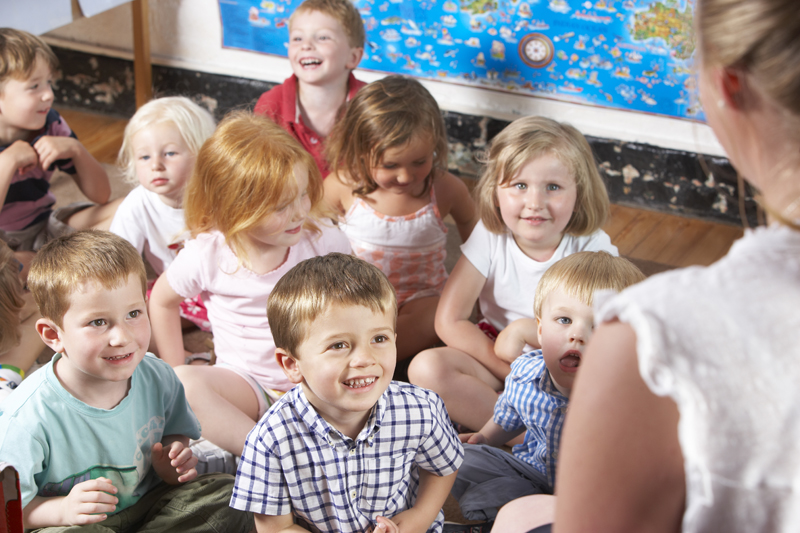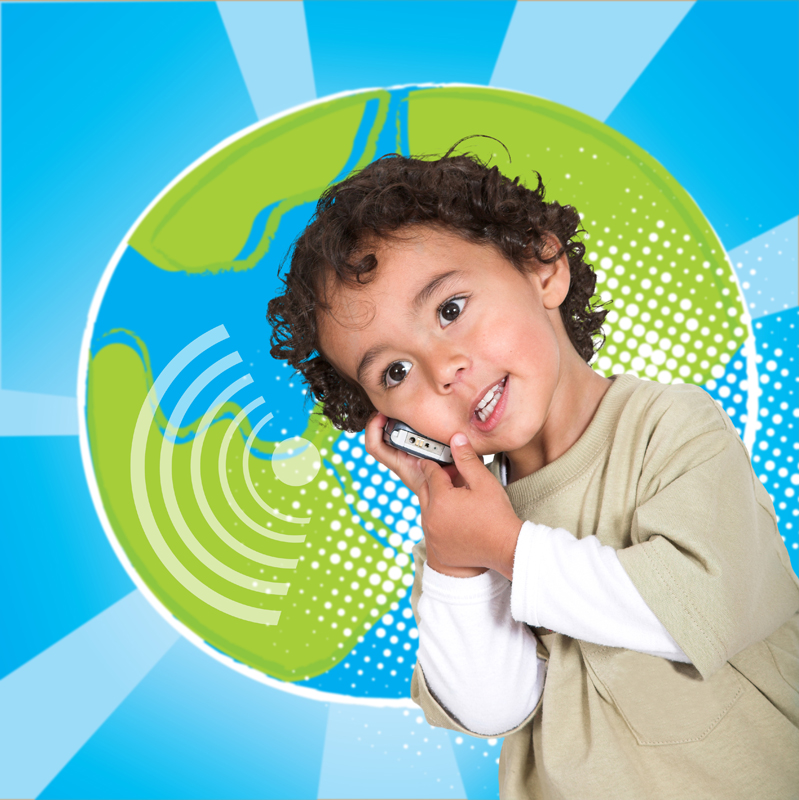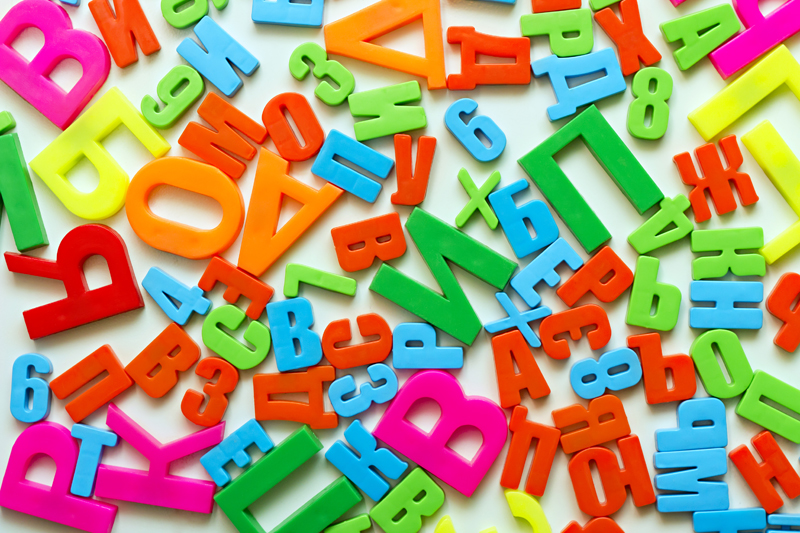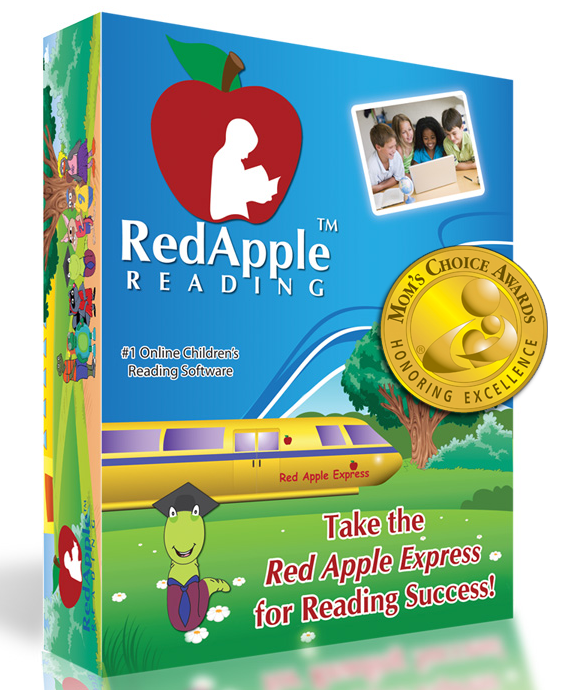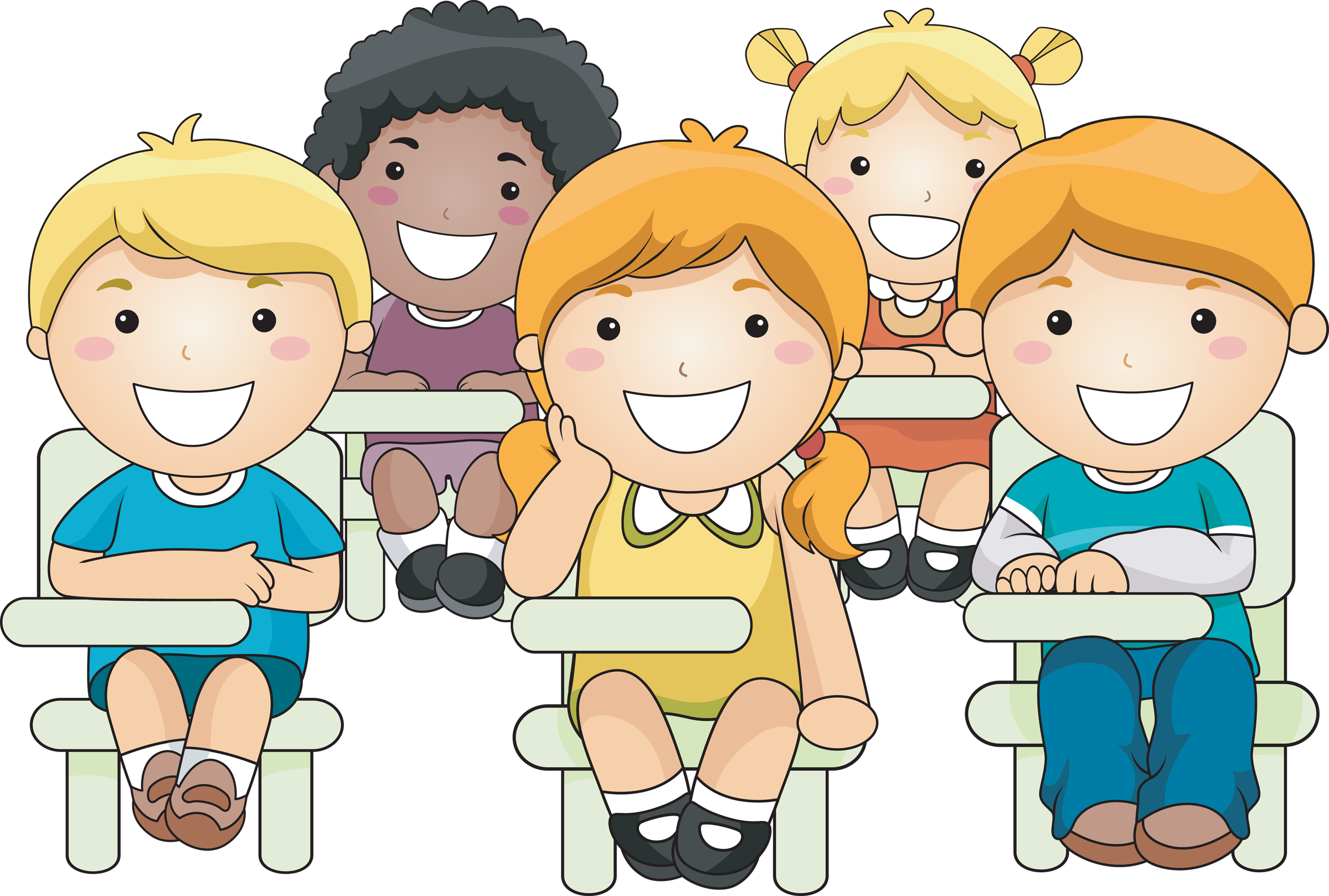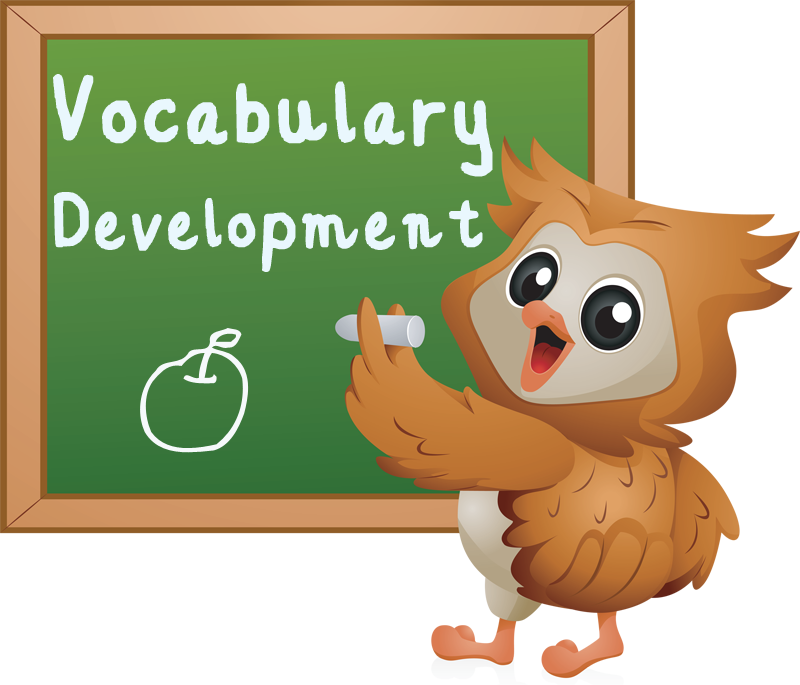How to Communicate With Your Child’s Teachers: The Dos and Don’ts
We all know that parent-teacher communication is important. After all, in the ideal scenario, you and your child’s teacher will be partnering together throughout the year to help your child achieve his full potential. So, how do you ensure that the line of communication between you and your kid’s teacher is a clear and open one? Consider the following Dos and Don’ts.
